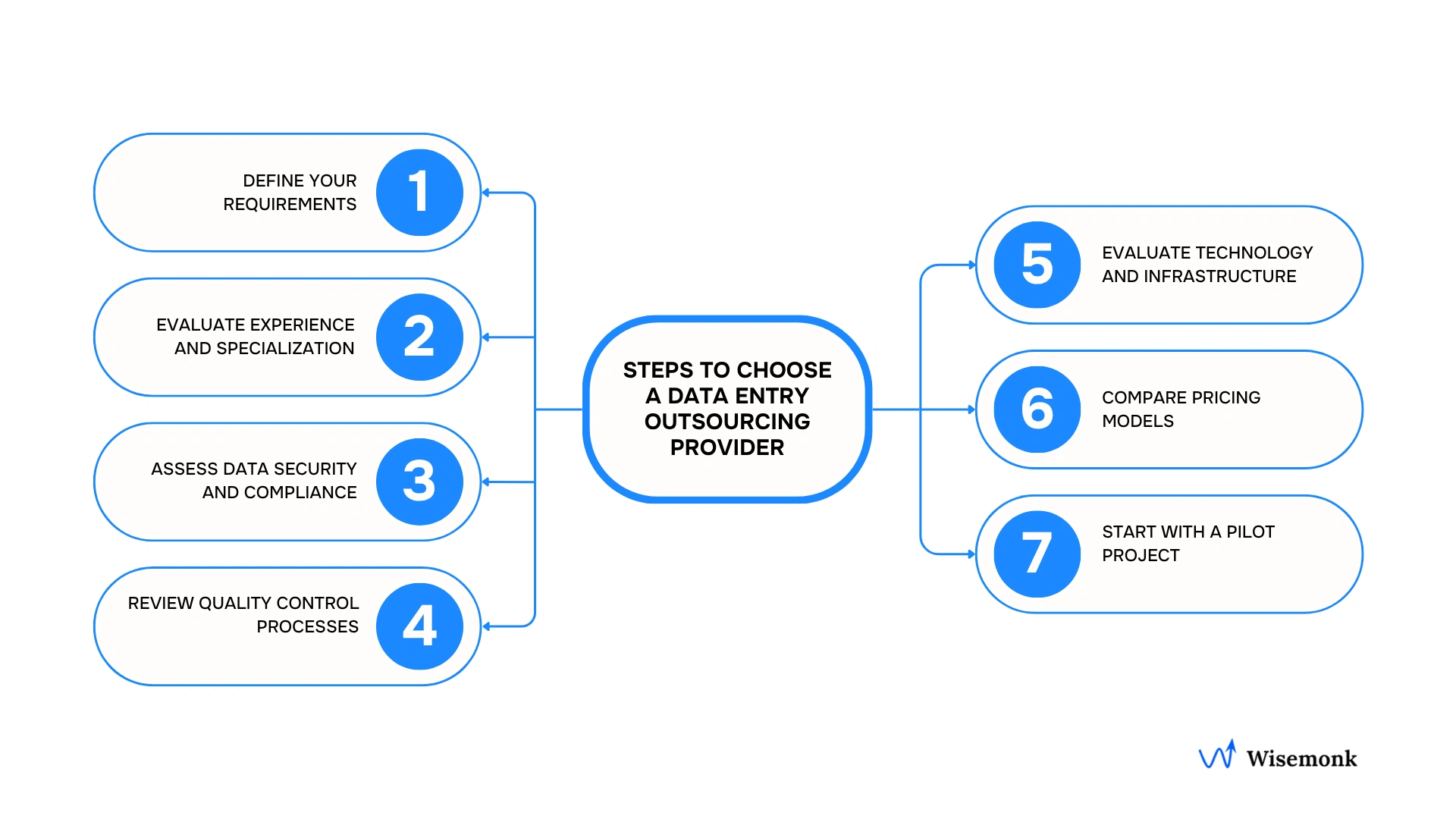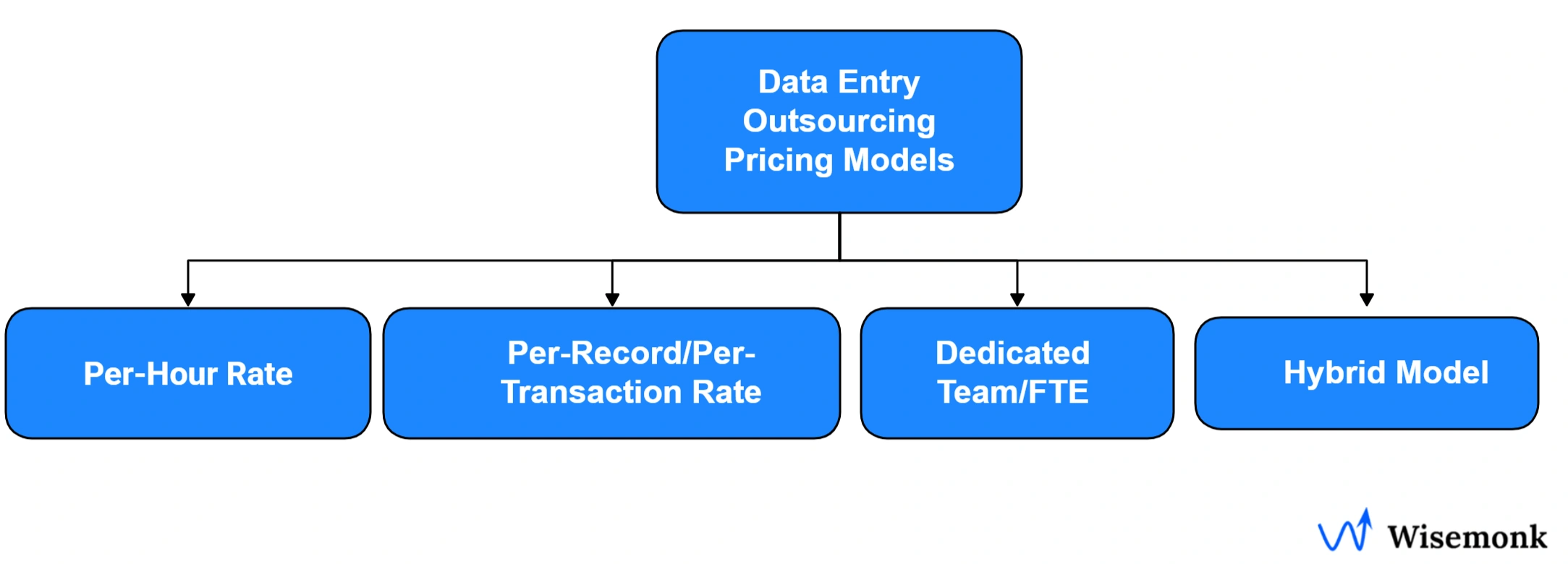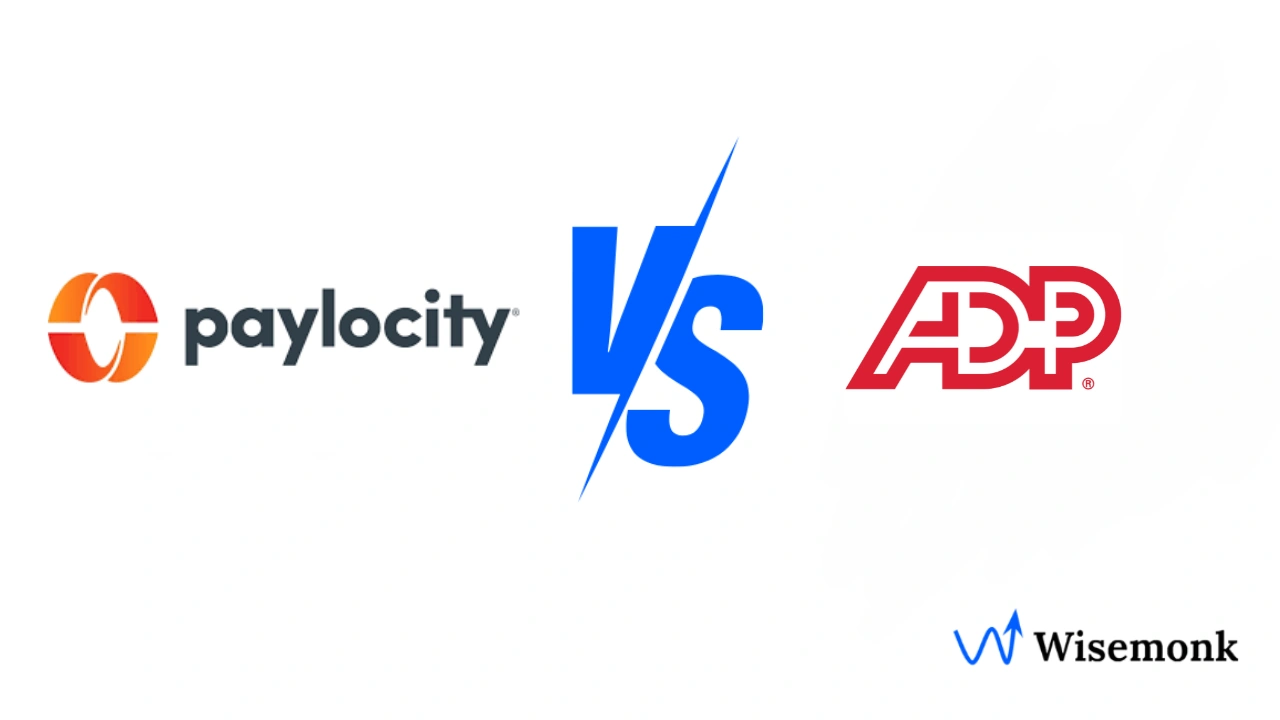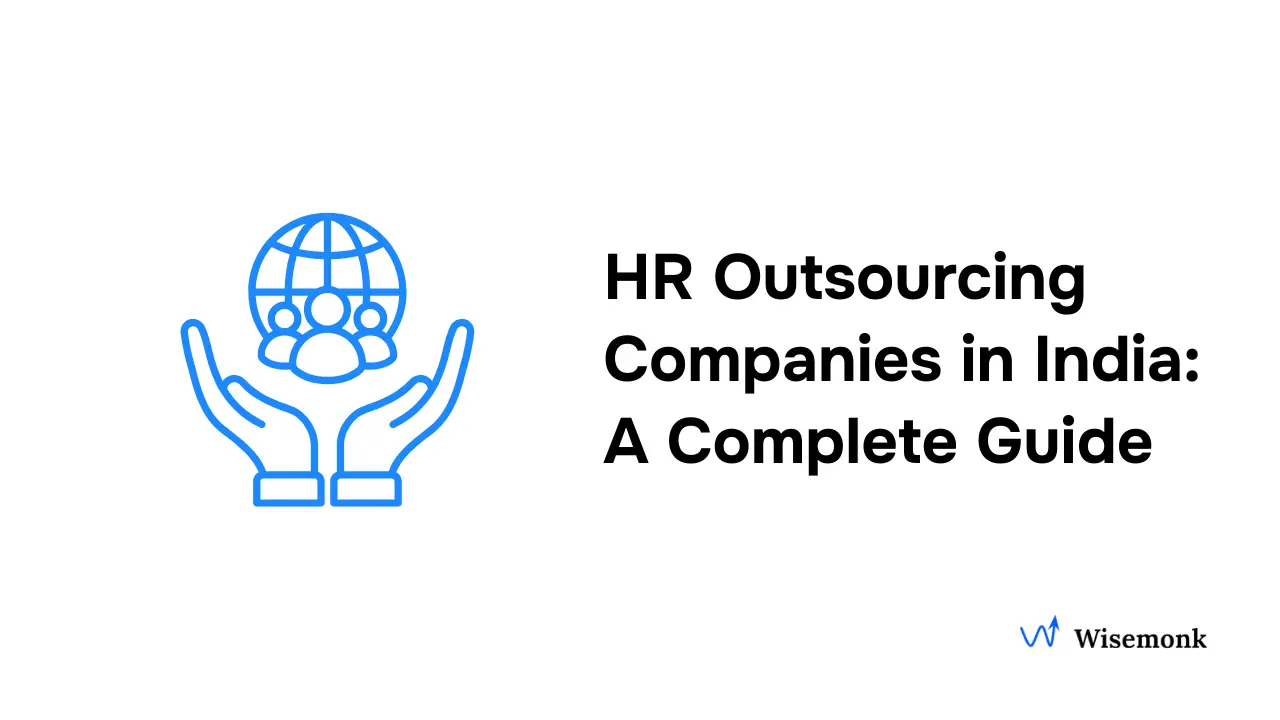- Data entry outsourcing is the practice of delegating tasks like transcribing and entering data into digital systems to an external, specialized third-party provider.
- It works by sending your data to a trusted provider who uses automation and skilled professionals to process and verify it for accuracy.
- Outsourcing offers faster turnaround, lower costs, and access to expertise while freeing your internal team for strategic work.
- Choosing the right partner requires checking their experience, security standards, and quality assurance before scaling.
- Key considerations include data protection, reliability, automation use, and consistent communication.
- Common pricing models include per-hour, per-record, dedicated team, and hybrid options depending on data complexity, speed, and accuracy needs.
Need help with your global expansion? Contact us today!
Discover how Wisemonk delivers trusted international solutions.
Looking to improve operational efficiency with data entry outsourcing? It’s a strategic move many businesses are making to stay competitive in today’s fast-paced environment. By outsourcing data entry tasks, such as transcribing documents or managing databases, you can cut operational costs and enhance accuracy, freeing up your team to focus on more critical tasks. In fact, the global data entry outsourcing market is expected to grow at a CAGR of 6.3%, reflecting its increasing importance for companies looking to scale without expanding internal teams.
In this guide, we’ll cover everything you need to know about data entry outsourcing, what it is, its benefits for US businesses, the tasks you can outsource, and how to choose the right provider. Whether you're in e-commerce, finance, or healthcare, this article will give you the tools you need to make informed outsourcing decisions.
What is Data Entry Outsourcing?[toc=What is Data Entry Outsourcing]
Data entry outsourcing is the practice of hiring external specialists to handle tasks like transcribing, entering, and processing data into digital systems. This approach allows businesses to offload routine, time-consuming tasks, enabling internal teams to focus on strategic priorities. Common tasks include invoice processing, CRM updates, catalog management, and form data entry.
How does data entry outsourcing work?[toc=How it Works]
Data entry outsourcing is a straightforward process where businesses send their documents to an outsourcing provider who uses advanced technology and skilled specialists to process and deliver high-quality data.
- Document Submission: Businesses send physical or digital documents (e.g., PDFs, scanned images, emails) to the outsourcing provider.
- Data Extraction: The provider uses OCR and AI technology along with data entry specialists to extract the required data.
- Data Processing and Organization: The extracted data is processed, organized, and formatted to fit your systems like CRM or ERP.
- Quality Control: To ensure accuracy (typically 99%+), the provider uses quality checks like double-entry systems and automated validation.
- Data Delivery and Integration: The clean, organized data is delivered and integrated into your systems for easy access and use.
This process ensures your data is handled efficiently, accurately, and securely, allowing you to focus on core business functions.
When is Outsourcing Better than In-House or Temps?
Outsourcing data entry makes the most sense when:
- Volume Spikes: When your business faces sudden increases in data, like during seasonal surges or after a major marketing campaign.
- Backlogs: If your team is overwhelmed with data entry tasks that are piling up, outsourcing can clear the backlog quickly.
- Accuracy Needs: For tasks that demand high levels of accuracy, like in financial or healthcare data, outsourcing ensures precision through specialized professionals.
For example, businesses often see up to 60% savings and achieve 99% accuracy in their data entry tasks by outsourcing. This can significantly boost operational efficiency without adding extra costs.
What are the key benefits of data entry outsourcing?[toc=Key Benefits]
Outsourcing data entry offers clear, measurable advantages for US businesses that want accuracy, flexibility, and cost control without expanding internal teams. It’s not just about saving money, it’s about scaling smarter and improving data quality with the help of specialized professionals and advanced tools.
Here are the key benefits of outsourcing data entry services:
- Cost Savings: Outsourcing data entry eliminates the need to hire, train, and maintain an in-house team. It removes overhead costs associated with salaries, benefits, and infrastructure. Offshore providers, in particular, offer significant savings, often delivering the same quality at a fraction of the cost.
- Improved Focus: With data entry tasks offloaded to external experts, your internal team can focus on more strategic activities that drive growth. This shift allows your staff to focus on high-value work, boosting overall business productivity.
- Increased Accuracy: Experienced data entry professionals and advanced technologies like OCR and AI-driven automation ensure accuracy rates often surpass 99%. These tools minimize human error, leading to more reliable data for decision-making and compliance.
- Scalability: Outsourcing provides flexibility to scale your data entry services up or down according to business needs. Whether you're dealing with seasonal demand or expanding to new markets, outsourcing ensures you have the resources to meet fluctuating workloads without the hassle of hiring temporary staff.
- Access to Expertise: By outsourcing, you gain access to a pool of skilled professionals who are experts in various industries, whether it’s finance, healthcare, or e-commerce. These experts are familiar with platform-specific needs and can handle complex tasks with precision.
In conclusion, outsourcing data entry isn't just about saving money, it’s a strategic move that offers enhanced accuracy, efficiency, and scalability. By choosing the right provider, you can improve data management, optimize workflows, and free up internal resources to focus on business growth.
What data entry tasks can be outsourced?[toc=Tasks to Outsource]
Outsourcing data entry tasks helps businesses save time and improve efficiency. Here are the key services that can be outsourced:
- Online and Offline Data Entry: Inputting data into systems like CRMs, databases, and spreadsheets, both online and offline, to maintain organized records and inventory.
- Document and Image Data Entry: Digitizing data from physical documents, images, and PDFs using manual entry or OCR technology for easier storage and access.
- Data Processing and Cleansing: Removing duplicates and errors from databases and standardizing formats to ensure data quality for better decision-making.
- E-commerce Product Data Entry: Managing product listings, descriptions, pricing, and inventory across online platforms to keep your store accurate and up to date.
- Financial and Accounting Data Entry: Processing invoices, billing details, and transaction records to ensure accuracy and compliance with financial standards.
- Healthcare and Legal Data Entry: Managing sensitive information such as patient records, insurance claims, and legal documents while adhering to compliance standards like HIPAA.
Outsourcing these tasks ensures efficiency, accuracy, and scalability, allowing businesses to focus on strategic activities.
Why outsource these tasks?
These tasks are commonly outsourced because they are time-consuming, require specialized knowledge, and can be prone to human error if not handled properly. Outsourcing allows businesses to focus on core activities while ensuring these essential functions are performed efficiently and accurately.
What should you consider before outsourcing data entry services?[toc=Considerations]
When outsourcing data entry, it's crucial to ensure that the provider safeguards sensitive data, delivers verified accuracy, and maintains robust security measures. A report by Perfect Data Entry emphasizes the importance of evaluating a vendor's reputation, data security protocols, and technological capabilities to ensure a successful partnership.
Key Considerations:
- Data Security: Choose a provider that employs encryption protocols, access controls, and complies with relevant standards like HIPAA or PCI-DSS to protect sensitive information.
- Provider Reliability: Select a reputable outsourcing partner with a proven track record, client testimonials, and industry reviews to ensure consistent quality and data protection.
- Technology and Process: Opt for providers that combine human expertise with automation (like AI) for both complex tasks and faster processing, ensuring efficiency and accuracy.
- Scalability: Ensure the provider can scale services up or down based on fluctuating business needs, accommodating growth or seasonal demands without compromising quality.
- Quality Control Measures: Implement regular quality assurance checks, audits, and performance evaluations to maintain high standards and minimize errors.
- Compliance with Regulations: Verify that the provider adheres to relevant data protection regulations and industry standards to mitigate legal and reputational risks.
- Communication and Support: Establish clear communication channels and ensure the provider offers responsive support to address issues promptly and maintain smooth operations.
By carefully evaluating these considerations, businesses can select a data entry outsourcing partner that aligns with their needs and ensures secure, accurate, and efficient data management.
How to choose a data entry outsourcing provider? Step-By-Step[toc=Steps to Choose the Right Provider]
Selecting the right data entry provider is crucial for maintaining efficiency, data integrity, and security.
Here’s a simple step-by-step guide to help you make the right choice:

Step 1. Define Your Requirements
Clearly outline your data entry needs:
- Volume & Complexity: What type and amount of data will they handle?
- Turnaround Time: How quickly should tasks be completed?
- Compliance Needs: Are there any regulations like HIPAA or GDPR to follow?
Step 2. Evaluate Experience and Specialization
Choose a provider with relevant industry experience. They should be familiar with your sector’s challenges and compliance needs. Check client testimonials or case studies for proof of expertise.
Step 3. Assess Data Security and Compliance
Ensure the provider has strong security measures, such as encryption, and complies with industry standards like HIPAA, PCI-DSS, or ISO 27001. This ensures your data is protected.
Step 4. Review Quality Control Processes
Ask about their quality assurance practices, such as:
- Double-entry verification (two operators entering the same data)
- Automated validation to minimize errors.
Make sure they provide SLAs for error rates and quality guarantees.
Step 5. Evaluate Technology and Infrastructure
Check if they use advanced tools like OCR, AI automation, and cloud storage to improve accuracy and speed. Ensure they can scale their services to handle varying data volumes.
Step 6. Compare Pricing Models
Understand the pricing structure:
- Per Hour: For ongoing, unpredictable tasks.
- Per Record/Transaction: For fixed-volume, repetitive tasks.
- Dedicated Team Model: For long-term, complex projects.
Choose the model that aligns with your budget and needs.
Step 7. Start with a Pilot Project
Test the provider’s performance with a pilot project. Evaluate:
- Quality: Does it meet your standards for accuracy and turnaround?
- Communication: Are they responsive and clear?
- Fit: Can they handle your specific requirements?
By following these steps, you can confidently choose a reliable data entry outsourcing provider that meets your business needs.
What are the common pricing models for data entry outsourcing?[toc=Pricing Models]
When outsourcing data entry, there are several pricing models to choose from, each suited for different types of projects, workloads, and budgets.
Here's a breakdown of the most common options:

1. Per-Hour Rate (Time and Materials)
- Best For: Projects with undefined or fluctuating scopes, or ongoing tasks where the amount of work can change over time.
- Pros: High flexibility for adjusting scope and project requirements. Transparent billing based on actual time worked.
- Cons: Final cost can be unpredictable, making budgeting difficult. Potential for cost overruns if the work is not closely managed.
2. Per-Record/Per-Transaction Rate (Output-Based)
- Best For: High-volume, repetitive projects with a clear, stable scope—like processing invoices or digitizing forms.
- Pros: Predictable costs, as clients are charged per unit of work completed. Encourages providers to work efficiently.
- Cons: Not suitable for complex or unpredictable tasks. If quality measures aren't clearly defined, speed may compromise accuracy.
3. Dedicated Team/Full-Time Equivalent (FTE)
- Best For: Long-term, complex projects that require specialized skills or constant, ongoing data entry.
- Pros: Provides dedicated resources and greater control over the team’s workflow, ensuring consistency and high-quality work.
- Cons: Higher upfront commitment and typically more expensive. Less flexibility for short-term adjustments.
4. Hybrid Model
- Best For: Projects requiring both a stable base of work and flexibility for occasional surges in data entry needs.
- Pros: Balances cost predictability with the ability to handle variable workloads.
- Cons: More complex to manage, requiring clear contract terms for both fixed and variable pricing elements.
Factors that influence pricing:
- Data Complexity: Simple data entry is cheaper, while tasks that involve extraction or analysis cost more.
- Volume: High-volume projects usually benefit from bulk discounts, making per-record pricing more favorable.
- Accuracy Requirements: Stricter quality control processes can increase costs.
- Turnaround Time: Rush jobs often come with premium pricing.
- Provider Location: Offshore providers generally offer lower rates due to cost of living differences.
Choosing the right pricing model:
- Per-Hour is ideal for flexible, unpredictable tasks.
- Per-Record suits high-volume, repetitive work.
- Dedicated Team works best for long-term, specialized tasks requiring close control.
- Hybrid offers flexibility while providing predictable costs.
By evaluating your project’s requirements, you can choose the pricing model that offers the best balance of cost efficiency and flexibility for your business.
Why is India the operational hub for data entry?[toc=Why Choose India]
India remains the leading destination for data entry outsourcing due to its combination of cost efficiency, skilled workforce, and robust infrastructure.
Key advantages:
- Talent Depth and Bilingual Support: India boasts a large pool of English-speaking professionals with expertise in data entry, ensuring clear communication and high-quality output.
- 24/7 Operational Capability: With multiple time zones and a large workforce, Indian firms can provide round-the-clock services, accommodating clients across different geographies.
- Process Maturity: Many Indian outsourcing companies adhere to international standards such as CMMI and ISO certifications, ensuring consistent and high-quality service delivery.
- Competitive pricing: Hourly rates for data entry services in India typically range from $2.50 to $4.50, depending on the complexity and volume of the task. This pricing is significantly lower compared to Western markets, offering substantial cost savings for businesses.
India's blend of skilled professionals, operational flexibility, adherence to quality standards, and cost-effectiveness makes it the preferred choice for data entry outsourcing.
How Wisemonk Helps?[toc=How Wisemonk Helps]
Wisemonk is a leading Employer of Record (EOR) helping global companies hire, pay, and manage employees, without the hassle of setting up a local entity. With our deep understanding of local employment laws, tax compliance, and cross-border workforce management, we enable businesses to expand quickly while staying compliant and efficient.
Here’s how we help global businesses.
- We act as the legal employer for your global team in India, handling employment contracts, payroll, benefits, and compliance under local regulations.
- Hire and onboard top Indian talent in under a week, fully compliant with India’s labor and tax laws.
- We handle PF, ESI, gratuity, professional tax, and income tax filings to keep your team compliant year-round.
- Provide competitive and compliant benefits like health insurance, paid leave, and retirement plans tailored to Indian labor norms.
- Ensure new hires are productive from day one with laptops and IT setups delivered directly to their doorstep.
- Our HR experts manage day-to-day HR tasks, ensuring employee satisfaction and smooth operations.
In addition to EOR, Wisemonk also helps global companies outsource data entry operations in India, managing workflows from data collection and processing to validation and secure delivery.
With Wisemonk, you get a reliable partner for your India operations, combining compliance expertise, local infrastructure, and dedicated support for both employment and data operations.
.webp)




.webp)

